14 Celebrities Who Got Banned From Talk Shows (and Why)
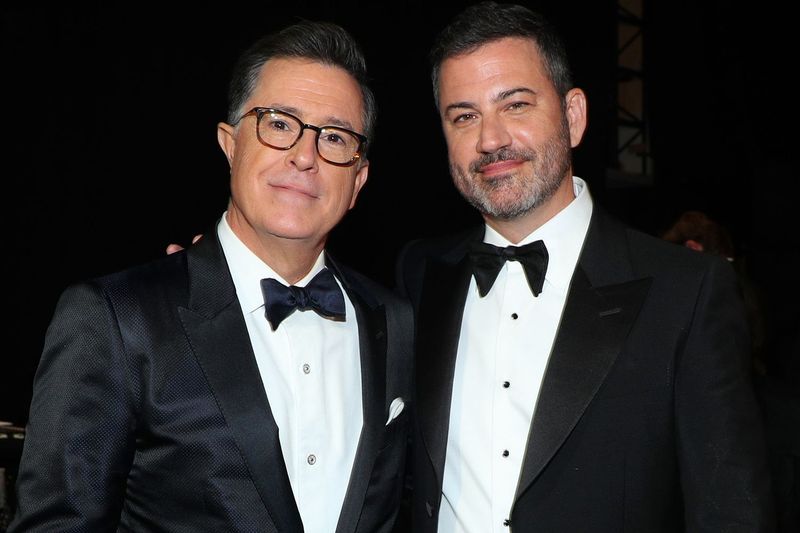
Ever wonder what it takes to get kicked off a couch built for charming small talk? These bannings prove that behind the applause signs and coffee mugs, there’s a ruthless booking calculus at work.
Some stars crossed lines, others crossed egos, and a few simply crossed the wrong host. Buckle up—these stories are equal parts hilarious, shocking, and a tiny bit petty.
1. Hugh Grant — The Tonight Show with Jay Leno
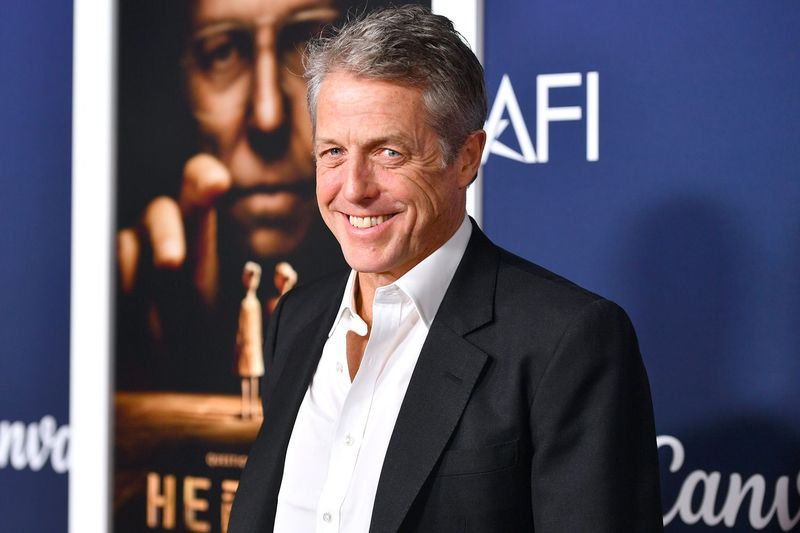
A scandal so big even late-night didn’t want the ratings boost hung over Hugh Grant like studio fog. After his 1995 arrest with a sex worker, Jay Leno’s cutting opener—“What the hell were you thinking?”—became instant TV lore.
The interview drew huge numbers, but the fallout made bookers skittish, especially at a show selling a squeaky-clean brand. For a stretch, “persona non grata” overshadowed “lovable rom-com rogue.”
Producers feared becoming accessories to a tabloid redemption arc, particularly one moving faster than public sentiment. Grant’s charm couldn’t erase the optics problem, and optics rule late-night. Advertising partners and network executives value predictability even more than punchlines.
Ironically, the incident cemented both Leno’s tough-love persona and Grant’s public reckoning. It also became a cautionary tale: some scandals spike ratings, but others scorch the couch. In that moment, the calculus said: no thanks.
2. Joan Rivers — The Tonight Show Starring Johnny Carson (and later Jay Leno)

Late-night’s pettiest breakup turned into a decades-long ban, and Joan Rivers paid the steepest price. When she accepted a Fox late-night gig without telling Johnny Carson personally, he saw it as a betrayal of the highest order.
The result: an icy blacklisting that outlived their friendship and, for a long time, Joan’s ability to return to that couch. The ban eventually extended through subsequent Tonight Show regimes.
In the halls of TV, loyalty often trumps legacy. Carson protected his turf with ironclad grudges, setting a tone others honored by inertia. Rivers, meanwhile, became a trailblazer—and a cautionary tale—about breaking ranks.
The irony is delicious: a woman pushing for autonomy became synonymous with exile. Years later, fans still debate whether she deserved it or outgrew it. Either way, the fallout rewrote the rules of late-night diplomacy.
3. Howard Stern — The Tonight Show with Jay Leno
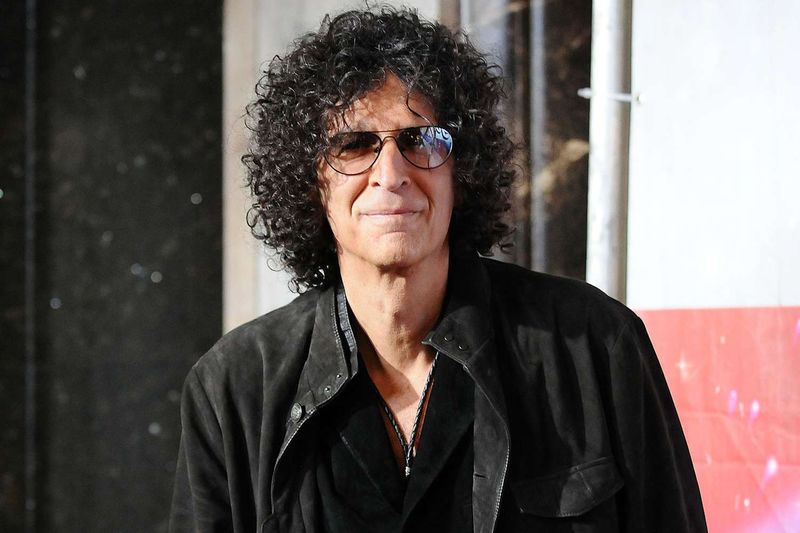
Shock jock goes too far, and late-night slams the door—Howard Stern made sure of it. He arrived with adult film stars, steamrolled fellow guests, and accused Jay Leno of stealing bits, all while detonating the show’s carefully managed vibe. NBC called his behavior “outrageous,” which is network-speak for “our sponsors just fainted.” Leno’s team quietly decided the circus didn’t need a ringleader they couldn’t control.
In late-night, chaos must appear choreographed; Stern insisted on real chaos. That makes for legendary clips and heartburn for standards-and-practices. The tension between boundary-pushing comedy and corporate TV boiled over.
Fans argue the ban proved his point about sanitized late-night. Producers argue they saved the furniture. Either way, the door closed, and the legend grew—fueled by the tantalizing idea that one guest could break the format on contact.
4. Kathy Griffin — Multiple Talk Shows (The View, The Tonight Show, Late Show, etc.)

When your whole brand is “too much,” talk shows eventually tap out, and Kathy Griffin knows the math. She’s bragged—and lamented—that various couches have gone cold over her boundary-pushing bits, spicy politics, and infamous Trump photo. Feuds with hosts, producers, and gatekeepers compounded the problem. You can be appointment TV, but you can also be appointment anxiety.
Griffin leans into the line-crossing persona, which is gold for stand-up and a gamble for daytime. Live TV wants viral moments without detonations, and that balance got harder with her. The ban lists multiplied.
Still, a ban is a brand-builder for some comics, and she’s no stranger to flipping PR judo. The result is a career that thrives outside traditional booking pipelines. In the Griffin universe, locked doors become punchlines—and tour material.
5. The Kardashians — The Late Show with David Letterman (informal ban)

Too famous for the couch—but not classy enough for Letterman, at least for a long stretch. David Letterman admitted he avoided the Kardashian-Jenner machine because he didn’t “get” the phenomenon. The vibe clash was real: his show prized irony and offbeat wit; their brand was glossy confession with product lines. That mismatch turned into an informal, years-long freeze-out.
It wasn’t personal so much as philosophical programming. Booking is curation, and Dave curated against reality royalty. Audience expectations mattered, too—his viewers came for cranky cleverness, not docu-drama.
In time, attitudes softened and platforms shifted, but the lore remains: some cultural forces don’t fit every stage. For the Kardashians, it barely mattered; empire-building happens elsewhere. For Letterman, the restraint became part of his legend—curmudgeonly, discerning, and selectively allergic to zeitgeist.
6. Madonna — Piers Morgan’s Talk Shows
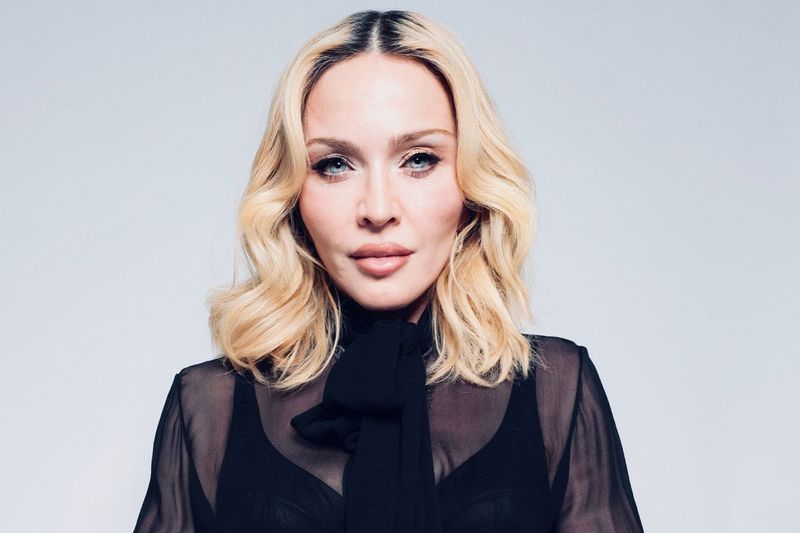
The queen of pop meets the king of grudges, and nobody budges. Piers Morgan has loudly claimed Madonna is banned from his shows, citing chilly history, diva whispers, and mutual disdain. It’s less a principled stand than a running bit—part marketing, part middle-school cafeteria energy. The ban functions like a badge for both: he gets headlines, she keeps mystique.
Media beefs thrive on consistency, and this one delivers. Every few years, Morgan revives it, reasserting boundaries with performative gusto. The audience gets a familiar drama with low production costs.
In truth, neither needs the other’s platform. Madonna’s era-spanning star power outshines any studio; Morgan’s brand feeds on friction. The stalemate endures because it works—two well-known names refusing to share a couch, and both somehow winning the narrative.
7. Vivica A. Fox — Jimmy Kimmel Live!
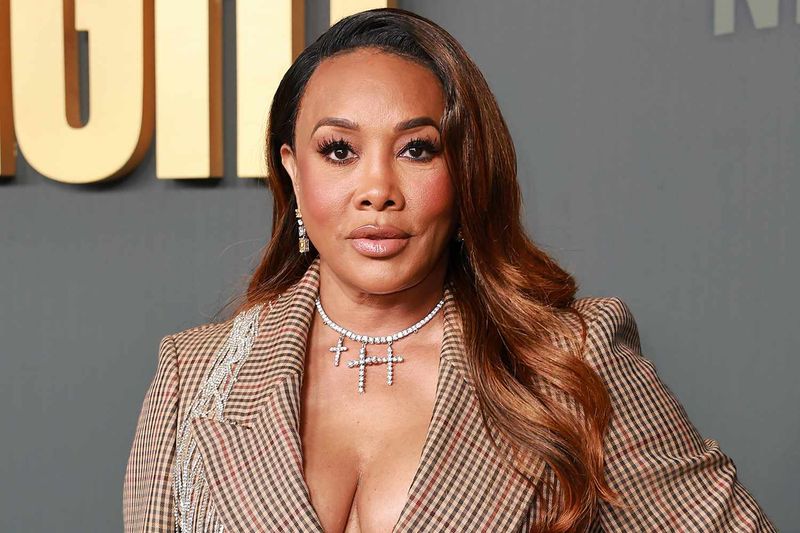
One awkward late-night feud equals a long-term ban, according to Vivica A. Fox. She’s said Jimmy Kimmel Live! slammed the door after tense on-air moments and jokes she found disrespectful. What started as ribbing escalated into lasting bad blood. In late-night, bruised egos can quietly become policy.
Producers hate unpredictability that isn’t pre-approved. When guests feel ambushed and hosts feel accused, the fix is simple: no more invites. The show moves on with zero public paperwork.
Fox has worked steadily elsewhere, so the ban’s more a speed bump than a roadblock. Still, it’s a reminder of how fragile guest-host chemistry can be. The wrong laugh at the wrong time flips the booking switch from green to red—and stays that way for years.
8. Omarosa Manigault Newman — The View
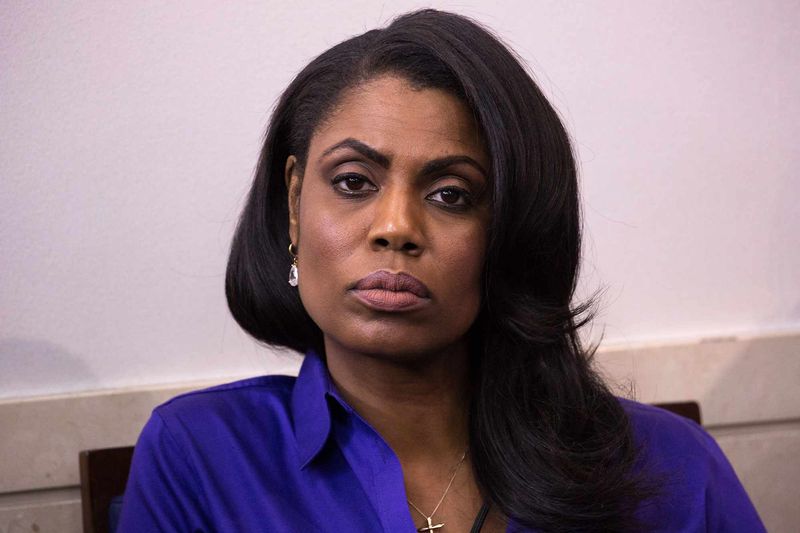
Reality-TV drama doesn’t always play well at a daytime table, and Omarosa found the limits. Her fiery appearances—especially during and after the Trump White House—reportedly left producers exhausted. On live TV, she debates like it’s a demolition derby. That makes for viral clips but messy segments that derail carefully timed rundowns.
The View thrives on spirited discussion, not combustible stalemates. When panelists and guests can’t share oxygen, somebody loses a mic. Quietly, the invites dried up, replaced by a behind-the-scenes “not worth it.”
Omarosa remains a compelling TV presence; chaos is part of her pitch. Daytime shows, though, have to land soft after hard talk. The unofficial verdict: too combative, too unpredictable, and too hard to steer once the cameras roll.
9. Donald Trump — The View and Several Late-Night Shows

When a former favorite guest becomes too controversial to book, the greenroom goes cold. Donald Trump used to be late-night catnip: punchlines, quips, and ratings. Once he entered politics, however, the interviews turned into lightning storms. Several hosts publicly drew a line, declaring him unwelcome amid backlash and fact-check whack-a-mole.
Producers crave heat without emergency sprinklers. With Trump, segments required extra moderation, legal review, and PR cleanup—expensive television. Viewers polarized, advertisers flinched, and the calculus changed.
The result isn’t a formal blacklist so much as a cultural embargo. Some shows still engage, but many won’t risk the spectacle. In a medium built for charming chaos, this was chaos without charm—too volatile for a tidy post-commercial laugh.
10. Gilbert Gottfried — The Howard Stern Show
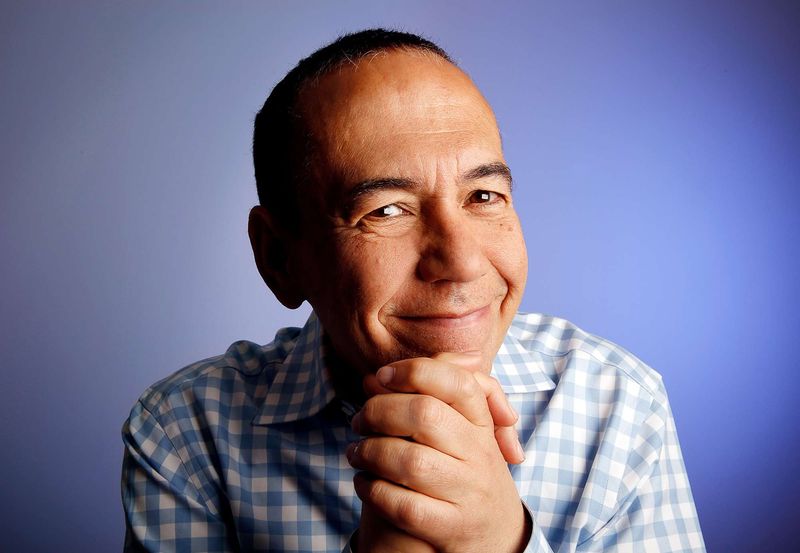
Not banned for the jokes—banned for the competition, which is peak radio politics. Gilbert Gottfried, notorious for fearless punchlines, reportedly landed on Howard Stern’s blacklist after appearing on a rival program. In that world, loyalty is currency and airtime is territory. Crossing the street can feel like crossing the boss.
The irony writes itself: a show proud of irreverence enforcing a very serious boundary. Gottfried’s voice—impossible to mistake—made any absence noticeable. Fans chalked it up to old-school turf wars.
For Gilbert, the saga became another entry in a career of near-mythic scrapes. For Stern, it reinforced control over a fiercely loyal orbit. The lesson: in shock-jock land, the dirtiest word might be “disloyal,” not any of the ones you can’t say on TV.
11. Arsenio Hall — The Tonight Show (Carson era)
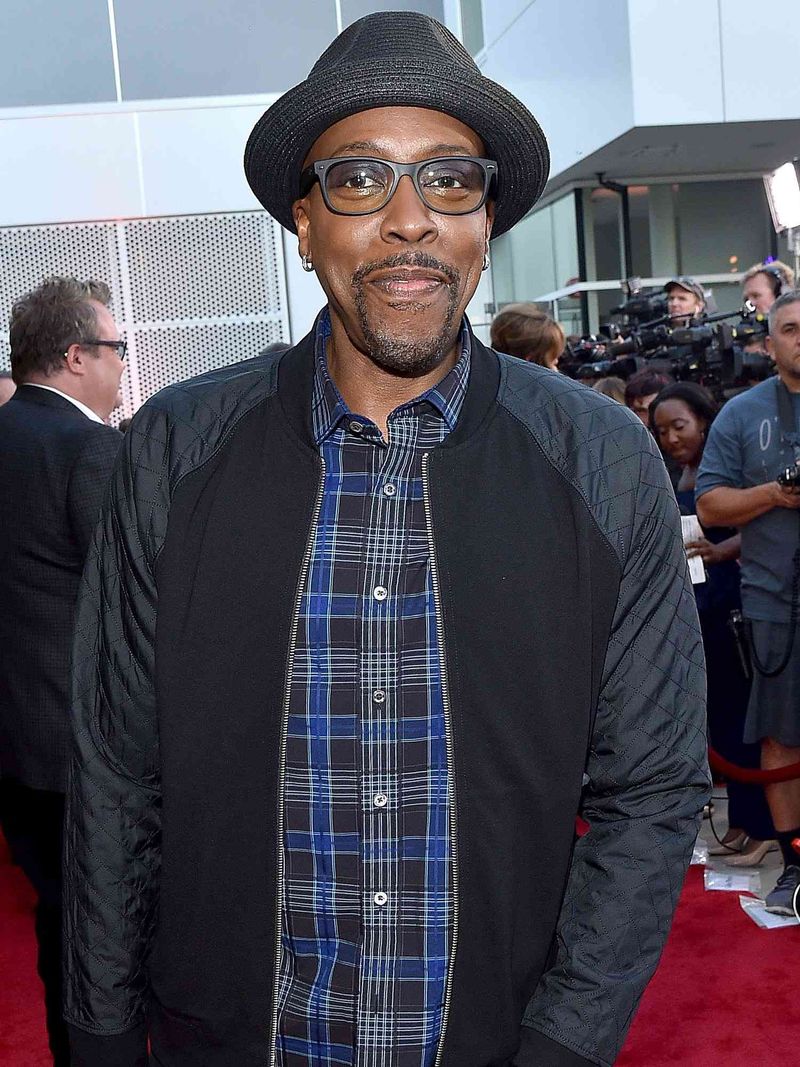
Carson’s couch had a “no competitors allowed” rule, and Arsenio Hall felt the chill. During Johnny Carson’s reign, rival late-night hosts were rarely, if ever, granted promotional oxygen. The logic was ruthless but simple: why help someone else’s ratings? Hall, carving his own lane, stayed on the outside looking in.
Late-night is collegial on camera and cutthroat in bookings. Carson’s influence meant producers didn’t need to say the quiet part out loud. They just didn’t dial the number.
Arsenio thrived anyway, building a cultural hub with a different energy and audience. The ban became part of his underdog legend. In the end, the competition line wasn’t personal—it was policy, and policy sat behind the desk sipping water from a blue mug.
12. Chevy Chase — Saturday Night Live & Various Late-Night Shows
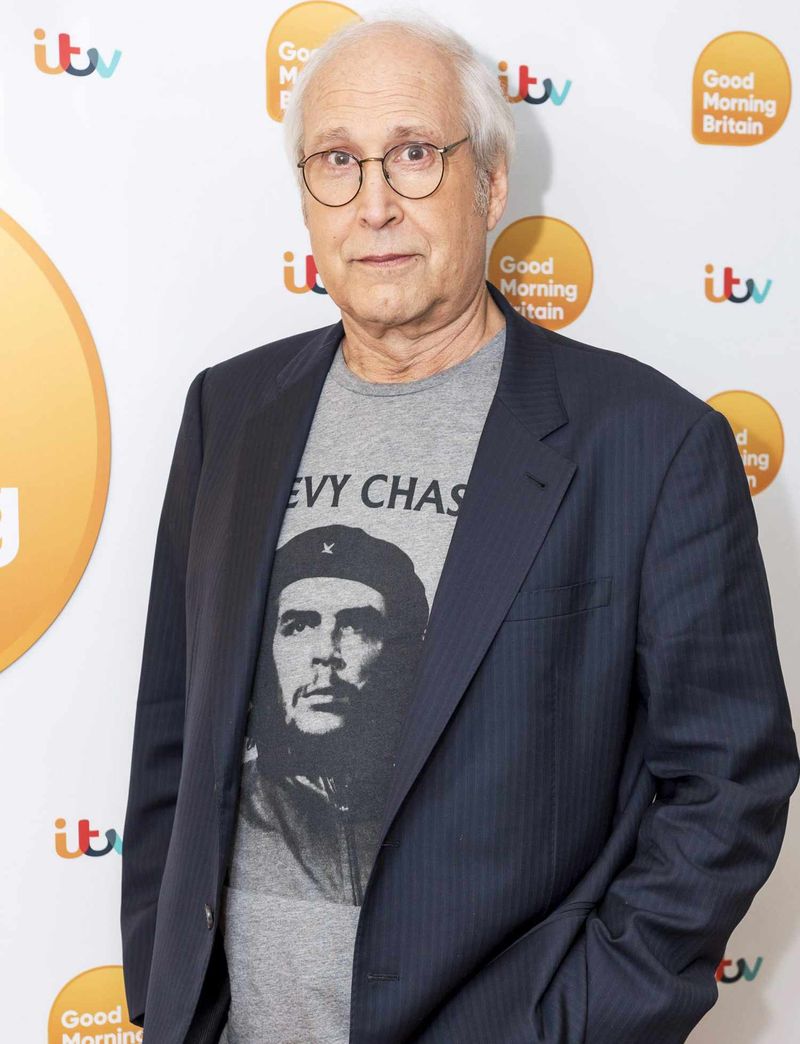
From comedy legend to “do not book” over bad behavior is a long fall, and Chevy Chase took the drop. Reports piled up: on-set blowups, abusive remarks, and staffers bearing the brunt. SNL cooled on him despite his foundational status, and other late-night rooms followed suit. The risk-reward equation tipped hard toward risk.
Audiences remember Weekend Update; producers remember crisis meetings. When backstage turns into a minefield, even iconic names get sidelined. Respect for history doesn’t override respect for the crew.
Chase still makes headlines, but often for the wrong reasons. The bans read less like vendettas and more like workplace safety measures. Sometimes the funniest guy in the room is the last person a control room wants on headset.
13. Dax Shepard — The Late Show with David Letterman (Reported)

One disastrous couch appearance can haunt your entire career, and Dax Shepard has joked about it. Early on, he rambled, looked jittery, and later admitted he might have been under the influence. Whether official or apocryphal, the story goes that Letterman never invited him back. In the lore of late-night, that’s a scarlet letter stitched with flop sweat.
Shows want crisp stories and controlled chaos; his segment delivered neither. The audience sensed discomfort, and producers don’t forget vibes. It’s the kind of booking note that lingers.
To Shepard’s credit, he turned the misstep into self-aware humor and a thriving podcast empire. Redemption didn’t require a return invite. Sometimes the lesson is simple: one bad night can cost you a couch, not a career.
14. Jay Leno — Late Show with David Letterman

The host became the “banned” guest thanks to late-night drama that never fully cooled. After the wars over Tonight Show succession and public jabs, David Letterman kept Jay Leno at arm’s length. Civility resurfaced in interviews and documentaries, but the guest chair on Dave’s turf stayed conspicuously empty. It wasn’t punishment—more like principle.
For Letterman, brand and boundaries overlapped. Welcoming Leno would’ve rewritten a rivalry central to his narrative. The audience understood the stance, even if they craved the spectacle.
Time healed egos more than history. The freeze-out remained a footnote in a saga about ambition, ownership, and late-night identity. In a business built on guests, this was the rare time the booking was the message.

Comments
Loading…